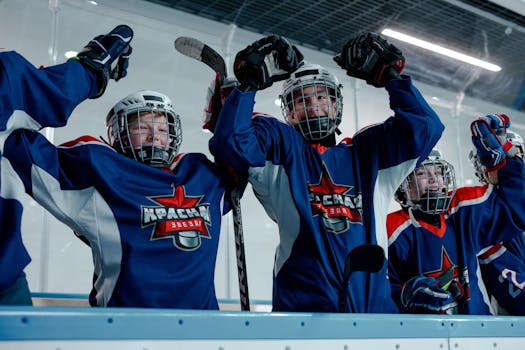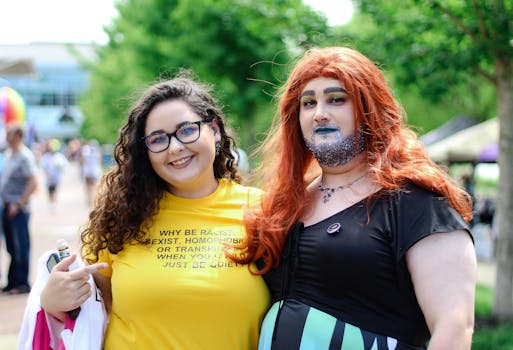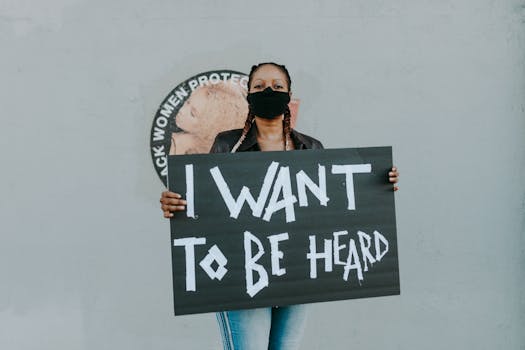Hockey and Social Issues: How Hockey Brings Diverse Communities Together for Die-Hard Fans
Hockey is more than just a game; it connects people from all walks of life. It has a rich history filled with legendary players and iconic moments that show its power to unite diverse communities. In this guide, we explore how hockey and social issues go hand in hand. We look at the ways hockey brings people together, helping bridge social divides and creating a sense of belonging.
The Legacy of Hockey and Social Issues
Hockey has a long history intertwined with social issues. From its early days, the sport has reflected the cultural shifts of society. Landmark moments, like the integration of players of color and the recognition of Indigenous athletes, show how hockey can be a powerful platform for change.
In the early years of the NHL, the league was predominantly white, with very few players of color. This lack of representation meant that the sport did not reflect the diverse society in which it existed. However, as time went on, players began to break these barriers. For example, Fred Sasakamoose became the first Indigenous player in the NHL in 1953, paving the way for future generations. His story is a reminder of how individual players can spark broader discussions about diversity in hockey.
The evolution of hockey culture from local rinks to global arenas illustrates how the sport has grown. In the past, hockey was a community-based activity. Families would gather at local rinks to watch games and cheer for their teams. This community spirit remains strong today, as fans come together to support their favorite players and teams.
As hockey expanded internationally, it began to attract players from various backgrounds. Over the last few decades, nearly 25% of NHL players have come from Europe, showcasing the sport’s growing diversity. This shift not only enriches the game but also promotes understanding and acceptance among different cultures.

The legacy of hockey continues to evolve, with players and teams using their platforms to address social issues. The sport is no longer just about competition; it serves as a vehicle for social change, encouraging fans and players alike to engage in meaningful conversations about race, inclusion, and community.
The Role of Hockey in Promoting Social Inclusion
The role of hockey in promoting social inclusion is evident through grassroots programs and community initiatives. These efforts have successfully brought together people from different backgrounds, fostering a sense of belonging and teamwork.
Many community leagues exist that prioritize inclusion. For instance, organizations like SABAH, which stands for Skating Athletes Bold at Heart, partner with NHL players to give individuals with disabilities the chance to experience hockey. This initiative not only empowers participants but also educates the public about the importance of inclusion in sports.
Data shows that youth involved in hockey programs develop essential life skills. According to a study, children who participate in team sports are more likely to demonstrate leadership skills and teamwork. These skills can be crucial, especially for kids from underprivileged backgrounds.
Personal stories from fans highlight the impact of these community initiatives. One fan recalls how joining a local hockey league changed their life. They made friends, learned new skills, and felt part of something bigger than themselves. These stories resonate, showing how hockey can change lives for the better.
Another example is the NHL’s “Hockey Is for Everyone” campaign, which promotes diversity and inclusion at all levels of the game. This initiative encourages teams to host community events and create programs that support diverse groups. The measurable benefits from these initiatives are clear: increased participation from various communities leads to a richer hockey culture.

Impact of Iconic Figures on Hockey Diversity Initiatives
Iconic figures like P.K. Subban have significantly influenced diversity initiatives in hockey. Subban, a renowned defenseman known for his skill and charisma, has used his platform to advocate for inclusivity. His journey from a young player in Toronto to an NHL superstar is inspiring.
Subban’s advocacy includes raising awareness about the challenges faced by players of color. He has spoken openly about the importance of recognizing and supporting diversity in hockey. His efforts have led to increased media coverage on the topic, sparking discussions among fans and players alike.
The effects of P.K. Subban on hockey diversity initiatives are evident. For example, he has partnered with various organizations to promote the inclusion of minority groups in hockey. His leadership has encouraged other players to speak out and take action.
Fans have reacted positively to Subban’s initiatives, often expressing appreciation for his work off the ice. The NHL has reported improvements in diversity metrics, including a rise in players of color entering the league. This change is a direct result of efforts from players like Subban, who challenge the status quo and advocate for a more inclusive sport.
Moreover, the connection between hockey and Canadian identity and national pride is profound, illustrating how the sport resonates with cultural values and social dynamics in Canada.
Subban’s influence extends beyond the ice. He has leveraged social media to share stories and connect with fans, fostering a community that values diversity. This approach has resonated with younger audiences, who increasingly demand representation in sports.

How Hockey Brings Diverse Communities Together in Modern Times
Today, hockey brings diverse communities together through various initiatives. The league’s evolving policies, fan-driven movements, and cross-cultural tournaments showcase hockey’s unifying nature.
For example, many NHL teams host multicultural events, celebrating different cultures and their contributions to the sport. These events encourage fans from various backgrounds to come together and share their love for hockey.
Social media has also played a crucial role in uniting fans. Movements such as #HockeyIsForEveryone highlight the importance of inclusivity. Fans use these platforms to share their experiences and promote equality in hockey. This online community support can spark real change within the sport.
Communities can engage with local hockey clubs that prioritize social inclusion. Fans can volunteer at youth hockey programs, helping to coach and mentor young players. Supporting or initiating outreach programs can also make a significant impact. For instance, organizing charity events to raise funds for underprivileged youth can help provide them with opportunities to play hockey.
Additionally, fans can leverage their platforms to advocate for equality. Simple actions, like sharing stories of diverse players or promoting inclusive events, can raise awareness and inspire others to get involved.
Success stories abound, illustrating the positive impact of hockey on various communities. For example, local figures have stepped up to lead initiatives that promote inclusivity and diversity in hockey. These individuals often serve as role models, inspiring others to join the cause.
In conclusion, hockey acts as a bridge between diverse communities. By embracing social inclusion, the sport not only enhances the game but also strengthens the bonds between fans and players.

FAQs
Q: How does hockey serve as a platform for promoting social inclusion both on and off the rink?
A: Hockey promotes social inclusion by bringing together diverse groups, such as different genders and cultures, to participate in a team environment, fostering camaraderie and understanding. Additionally, it provides opportunities for marginalized communities, like Indigenous players, to challenge stereotypes and gain visibility, contributing to greater acceptance and unity both on and off the rink.
Q: I’ve noticed community initiatives driven by hockey teams—how do they work to bring together diverse groups and bridge social gaps?
A: Hockey teams often engage in community initiatives that promote inclusivity and collaboration among diverse groups, such as hosting joint events, providing resources for underrepresented youth, and facilitating dialogue between different communities. These efforts create shared experiences and foster understanding, helping to bridge social gaps and build a stronger sense of community.
Q: I’m curious about P.K. Subban’s impact—how has his leadership influenced discussions on diversity and social issues within the hockey community?
A: P.K. Subban has significantly influenced discussions on diversity and social issues within the hockey community by using his platform to advocate for racial equality and inclusion. His outspoken nature and philanthropic efforts, including initiatives supporting underrepresented youth in sports, have helped raise awareness and encourage dialogue about diversity in a traditionally homogeneous sport.
Q: What practical challenges do hockey organizations face when tackling social issues, and how are they adapting to create more inclusive environments?
A: Hockey organizations face practical challenges such as addressing diverse player backgrounds, combating stereotypes, and ensuring equitable access to the sport. They are adapting by implementing programs like hockey national teams initiatives to provide opportunities for underprivileged children, promoting inclusivity through awareness campaigns, and revising policies to eliminate discriminatory behaviors, all while fostering a culture that prioritizes enjoyment and participation over competitiveness.
